A Pokémon Map of Wales 01.08.16

Pokémon Go opens up a new world of possibilities for ‘augmented reality’ games, but is ultimately hamstrung by its own lack of adventure and a rural urban/divide, says Ifan Morgan Jones.
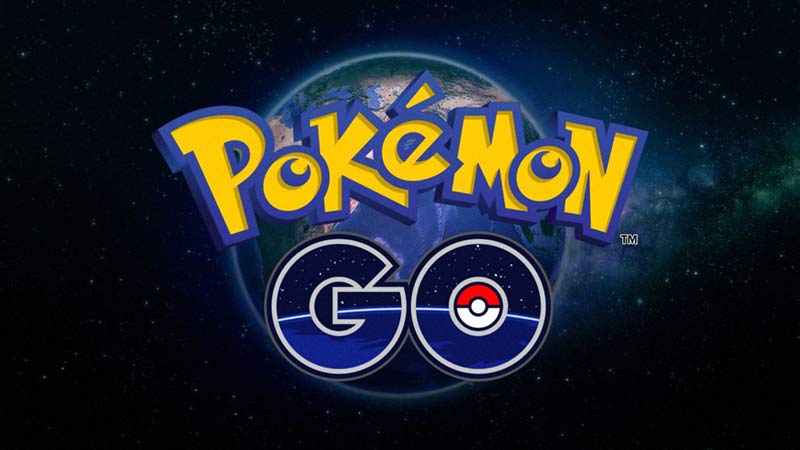
The last few years have seen a definite trend in mobile applications towards the ‘gamification’ of real life. Dieters can now log every calorie and try to beat yesterday’s total. Runners and cyclists can use fitness apps such as Strava in order to compete with strangers’ race times. If you have a real-world goal that you need extra encouragement to reach, you will likely find an app that will act as a motivator.
Like Strava, Pokémon Go uses the GPS location on your smartphone in order to modify the reality around you. The rewards here are ostensibly for exploring your area and finding all the Pokémon on your list. There is a danger of course that as these kinds of augmented reality games become more popular, people will increasingly begin to live in parallel realities, geographically near but interacting to stimuli that are invisible to each other.
Pikachu lives in Llandysul
When I catch a Pikachu on Llandysul high street, no one else can see the creature – unless they too are playing Pokémon Go, of course. However, this also means that, paradoxically, while it alienates us from the community around us, games like Pokémon Go can actually bring us closer to others that share our interests.
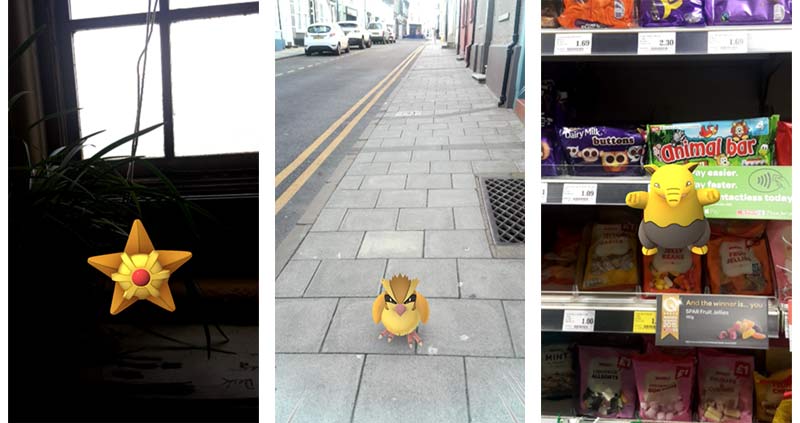
Some of the critters available caught in somewhat mundane places
Having settled down in a park in Newcastle Emlyn to look for Pokémon, I realised that several other people around me were involved in the same activity, and socialising happily together. Over time, the bond between culture and geographical location may sever itself completely. How long, for instance, before a person could live their life in a language and culture, without sharing it with anyone close to them?
Leaving aside such considerations, is Pokémon a good game? It’s certainly a successful game. Nintendo’s share price leapt up 50%, until they informed their share-holders that they did not actually own the Pokémon brand, whereby it fell down again. However, Pokémon Go isn’t yet what it was advertised to be – a game that encourages you to go out and explore unfamiliar environments. As a Pokémon fan in the ‘90s, I had great hopes for this aspect of the game.
I choose you
With schools closing for the summer, the timing couldn’t be better. I could introduce my children to Pokémon and spend the summer months walking around Welsh beauty spots with them searching for the critters. Unfortunately, the underlying mechanics of the game mean that you’re much more likely to be lured to your nearest shopping centre than for a walk in the park or some nearby woodland.
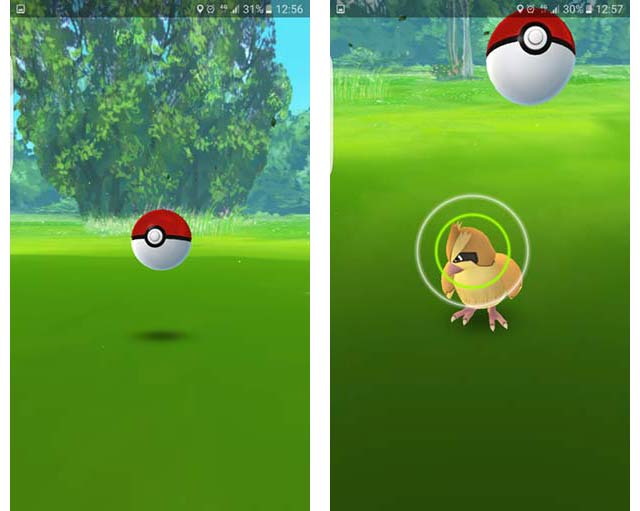
You won't find too many in idyllic spots...
The game shares its basic DNA with Ingress, another augmented reality mobile game from the same company, Niantic. Ingress required that players hack ‘portals’, and collect ‘Exotic Matter’ that is strewn around the game-world. The locations of the portals were suggested by the players themselves based on well-known landmarks, such as churches or monuments. But because Ingress appealed mostly to young, urban, white men who are the early adopters of such cutting edge technology, portals tends to congregate around affluent, urban areas.
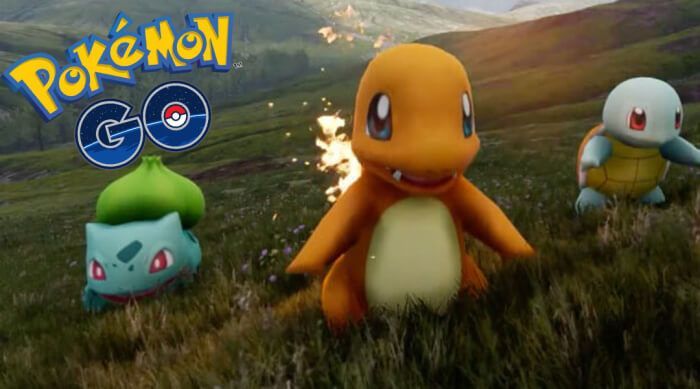
...despite a lot of the marketing materials of the application
Meanwhile, the location of the Exotic Matter is based around Google’s own data on where people tend to use their mobile phones. This means that you’ll find a lot of Exotic Matter in car parks and around bus stops, but very little in the countryside.
In order to hit the ground running Pokémon has simply made use of the same map as Ingress – PokéStops, where you can collect items, and gyms, are located on Ingress’ portals. And Pokémon spawn in the same places as the Exotic Matter. As you can imagine, even if you set aside the lack of a 3 or 4G connection, this puts anyone who isn’t living in a town or city at quite a large disadvantage. Luckily, I live next door to a village hall in Ceredigion which had been designated as a pokestop. But none of the other villages nearby have anything similar, and I have to drive five miles into the nearest town to find a gym.
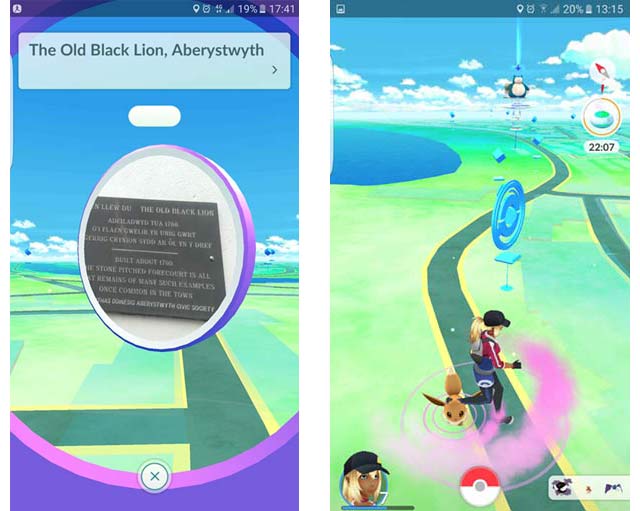
A pub and a gym all in one application
Worse still, there are very few Pokémon anywhere in the vicinity. I have caught more Pokémon on a five-minute stroll through Carmarthen than I did on an hour long trek along the country roads near my house. This is a very strange decision by Niantic (the developers of the game), as much of their advertising was based on people exploring the countryside and suburban areas. It’s therefore difficult to tell whether this bias towards urban areas is intentional, or whether it’s just an early problem that they will smooth out over time.
McPokémon
Their deal with McDonald’s, which will turn all of the company’s Japan branches into Pokémon gyms, does however suggests that they do indeed want to herd users into shops and businesses. Walking around a city centre may well be better than not walking around at all, of course. The first person to catch all the Pokémon in the UK claims to have lost two stone while doing so. But if the McDonalds’ tie-in, and future collaborations of that sort, do reach the UK, it will be very difficult to argue that the game has any of the positive benefits that have been claimed for it.
About the author
Ifan Morgan Jones is a print and online journalist turned lecturer. Before joining the School of Creative Studies and Media in September 2012 he worked as a reporter and then deputy editor of Golwg Magazine, before becoming the editor of the Golwg 360 news website.
If you liked this you may also like:
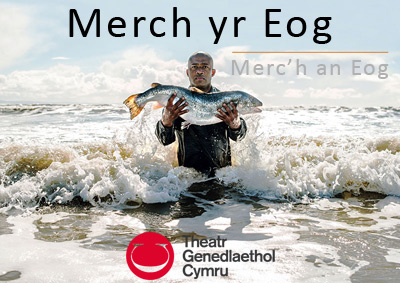
A Native Alternative
Frustrated by traditional Welsh-language culture Miriam Elin Jones explores new debates about ‘Welsh futurism’ in music and literature.
Delivery: The Cunning House
Richard Marggraf Turley reads 'Delivery' from his novel, The Cunning House.
Our readers respond to half a century of Planet!
This year, as the pandemic necessitated Planet’s 50th birthday party to be postponed until regulations are lifted, we invited our readers to send in their stories and anecdotes about the magazine. We thank everyone who replied for sharing their thoughts, and hope to welcome readers near and far to a celebratory event before too long…
